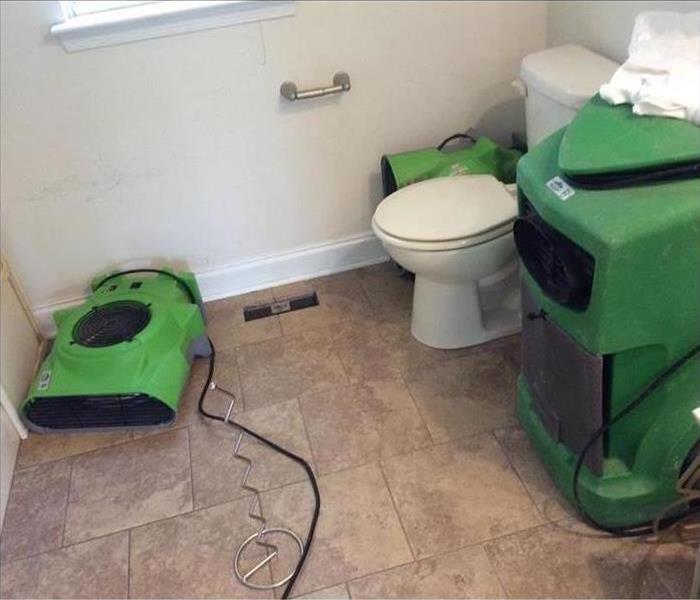What To Expect During the Sewage Cleanup Process
3/1/2022 (Permalink)
 When you find sewage in your home, be sure to call the trained experts at SERVPRO for cleanup and restoration services.
When you find sewage in your home, be sure to call the trained experts at SERVPRO for cleanup and restoration services.
During The Sewage Cleanup Process, What Should You Expect?
Sewage backup can cause extensive damage to your home in Clementon, NJ, along with health and sanitation problems. Because sewage can contain dangerous bacteria, parasites, viruses and other contaminants, proper sewer cleanup is critical. Luckily, emergency restoration professionals have the necessary tools and techniques to provide the solutions you need. Depending on your situation, here’s what you can likely expect during the cleaning process.
Extraction of Water and Sewage
The first step to sewer cleanup is usually to remove all water and sewage from the area. This can be done with pumps or vacuums, depending on the size of the spill. Contaminated water will be classified into one of three categories to determine a plan of action.
• Category 1 is clean water that does not pose a hazard to humans or animals. An example of this water is that from an overflowing sink or broken water line.
• Category 2 is gray water, such as that from a flooded toilet with only urine present or from a malfunctioning washing machine or dishwasher. This category may cause sickness or discomfort.
• Category 3 is black water and contains dangerous sewage. This water can come from sources like an overflowing toilet containing feces or floodwater from rivers, lakes or streams.
Property Inspection
Next, the area will be carefully inspected for damage. Flooring, ceilings, drywall and other structural materials can be affected. Personal belongings, including furniture and clothing, are also at risk for contamination from sewer backup.
Drying Procedure
Dehumidifiers and other professional equipment can be used to remove remaining moisture and lower humidity, preventing further damage.
Disinfection and Sanitation
In order to prevent mold, bacteria and parasites from growing, your home will need to be effectively cleaned and deodorized. This can ensure protection from illnesses and eradicate unpleasant odors.
Restoration
The final step of the process is to return your home to its original state. This may involve fixing or replacing damaged items, along with repairing structural damage.
Sewer cleanup may seem like a daunting task, but with the help of qualified professionals, you can restore your home quickly and safely.



 24/7 Emergency Service
24/7 Emergency Service